Categories: Blockchain
What is DePIN hardware? Some popular DePIN hardware devices
DePIN hardware refers to the physical devices used in decentralized physical infrastructure networks. These devices, such as IoT sensors and edge computing units, facilitate data collection, processing, and communication, enhancing network efficiency, security, and scalability.
The world of DePINs is rapidly evolving, and at its core lies specialized hardware that enables these networks to function. DePIN hardware is the tangible bridge between the digital world of blockchain and the physical world of infrastructure. In this article, we'll delve into the crucial role that hardware decentralization plays and highlight some of the most popular DePIN hardware devices currently in use.
Table of Contents
DePIN structural components
DePIN blends blockchain technology and community incentives to create a unique ecosystem. It rewards participants with blockchain tokens, fostering community engagement and driving diverse use cases.
Key structural components of DePIN:
- Physical hardware: This encompasses the tangible infrastructure essential for bridging the DePIN network with the real world. This includes hotspots, wireless networks, routers, servers, and energy infrastructure like generators, solar panels, and batteries.
- Hardware operators: The individuals, communities, or businesses responsible for deploying and maintaining the physical hardware. These operators are incentivized through token rewards, but their participation also depends on technical expertise and hardware costs.
- Decentralized ledger technology: The core of the DePIN network, powered by smart contracts. The blockchain ensures transparency, traceability, and robust security within the token economy.
- Decentralized Token Incentives: The driving force behind active participation. Individuals who contribute to the deployment and maintenance of the physical infrastructure are rewarded with blockchain tokens, fostering a community-driven ecosystem.
- End users: The beneficiaries of the active network. End users can utilize crypto assets to pay for real-world services provided by DePIN.

What is DePIN hardware (Physical hardware)?
DePIN hardware devices bolster user account and transaction security with tamper-resistant designs, advanced encryption, and biometric authentication. This multi-layered approach safeguards against unauthorized access and protects user assets.
Beyond software solutions, DePIN hardware plays a crucial role in recording accurate measurements and ensuring data integrity. This is particularly important in mitigating spoofing attacks and validating real-world user interactions.
By combining hardware and software solutions, DePIN projects create a robust security framework that protects both digital and physical assets.

The role of hardware decentralization in the DePIN
In the world of DePIN, hardware decentralization is important. Instead of relying on a central hub, the network's physical infrastructure is spread across many individual operators. This setup creates a more resilient and secure network, as it's not vulnerable to a single point of failure. Additionally, hardware decentralization democratizes the infrastructure, allowing more people to participate, contribute resources, and earn rewards for their efforts. It's a win-win for both the network and its users.
Some popular DePIN hardware devices
Wicrypt Spider Wi-Fi Hotspot
Wicrypt is revolutionizing internet access in Africa with its innovative long-range WiFi routers. Their flagship product, the Spider hotspot, boasts an impressive capacity of 70 simultaneous connections and a coverage radius of up to 200 meters. Leveraging 4G-LTE technology and a SIM card slot, the Spider delivers high-speed WiFi internet (up to 300 Mbps) to a wide range of users.
This versatile solution is ideal for densely populated areas such as markets, cultural hubs, sporting venues, and residential neighborhoods. Businesses can also harness the Spider's power to provide WiFi to customers while earning $WNT tokens, thereby contributing to the expansion of the Wicrypt network.
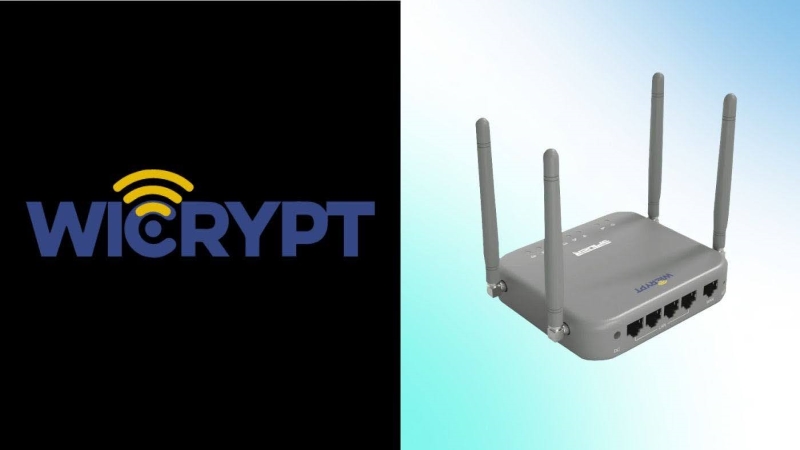
ATOR Relay
The ATOR Relay is a compact and secure device designed to be the gateway for DePIN projects seeking enhanced anonymity. This lightweight model boasts built-in encryption and simplified setup via Ethernet, WiFi, or USB.
Users who contribute by running nodes on the ATOR network will be rewarded with $ATOR tokens. Opting for ATOR's official Relay eliminates the need to lock up an additional 100 $ATOR tokens for 180 days, unlike other nodes on the network.
ATOR is also fostering collaboration by enabling other DePIN hardware to function within its network through a partnership with Hotspotty.
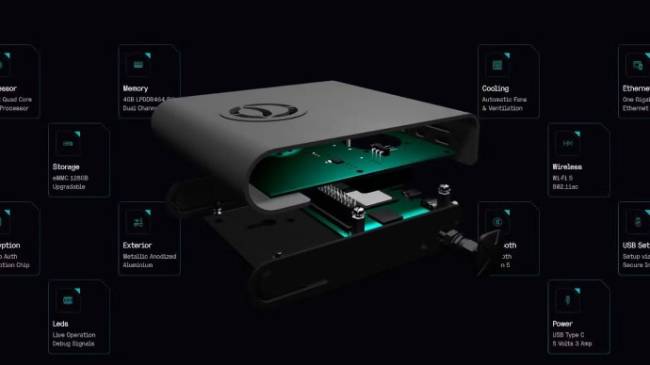
DIMO Macaron
The DIMO Macaron is a simple plug-and-play device for your car's OBD-II port, found under the dashboard of most cars made after 2008. This handy gadget, priced at $99, transmits vehicle data over the Helium IoT network and includes three years of connectivity. Its compact size ensures it won't get in your way, and since it draws power from your car, you'll never have to worry about batteries.
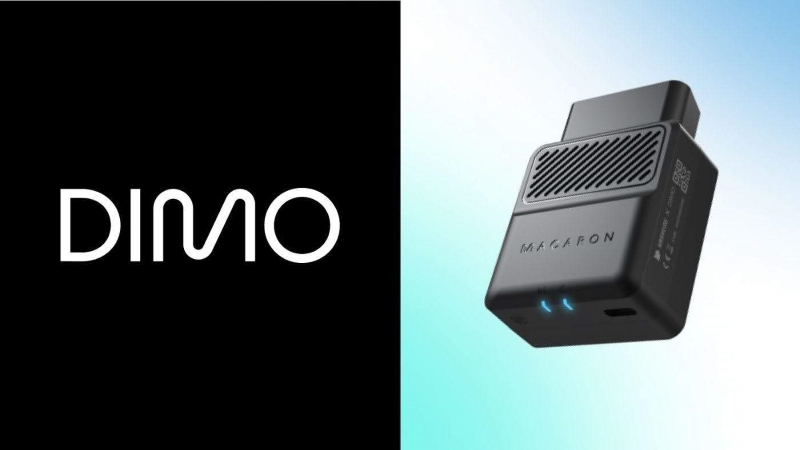
Weather Station - WeatherXM
WeatherXM is revolutionizing weather forecasting by increasing data collection points. Their network of personal weather stations, far superior to old mercury thermometers, allows for hyper-localized weather reporting. These stations monitor numerous factors like temperature, humidity, and wind, offering a comprehensive weather picture.
Installing a WeatherXM station is simple, and owners are rewarded with $WXM tokens. The project offers three station models with varying connectivity options and price points, including the WS2000 which transmits data over the Helium network.
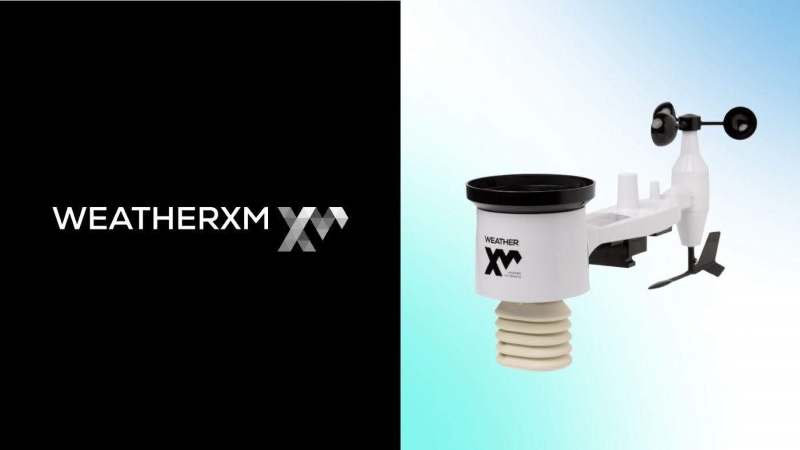
Triple-Band GNSS Base-Station - GEODNET
GEODNET is revolutionizing the Real-Time Kinetic (RTK) correction network with a decentralized approach. By utilizing advanced antennas, positioning accuracy is refined to the centimeter level. Antenna owners are incentivized through GEOD token rewards for their contributions.
The GEODNET triple band GNSS base station boasts compatibility with the four major satellite constellations - GPS, Galileo, GLONASS, and BeiDou - making it agnostic to specific satellite systems. While a clear line of sight to the sky is essential for operation, this requirement can be met in both urban and rural settings, ensuring versatility.
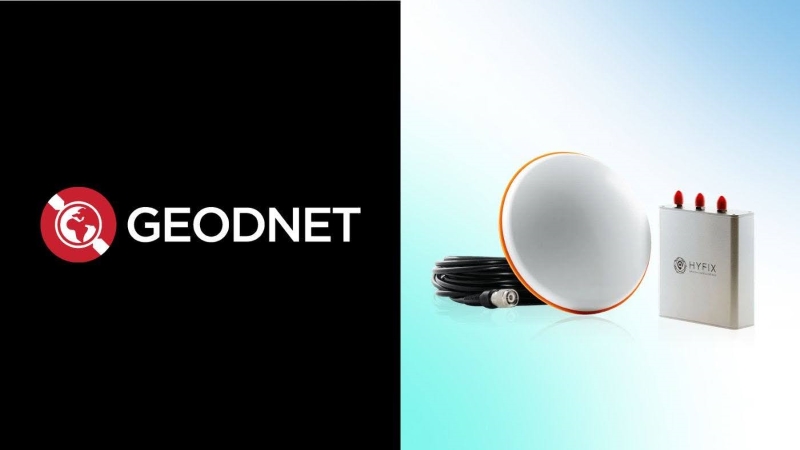
By empowering individuals to contribute their resources and participate in networks, DePIN hardware is fostering a more equitable and resilient internet. As technology continues to evolve, we can expect to see even more innovative DePIN hardware devices emerge, further expanding the possibilities of what we can achieve with decentralized infrastructure.
.png)